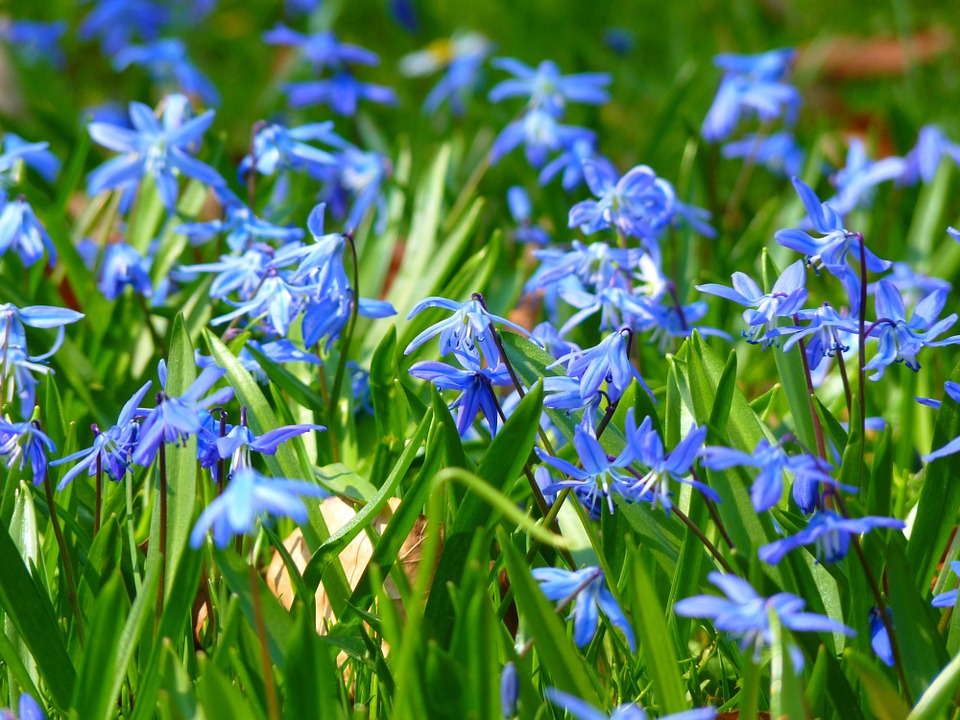Be aware that a toxic plant could harm your pets if ingested, so it’s important to know which plants to avoid in your home or garden. A warning that a toxic plant could harm your pets has become increasingly important for pet owners to consider. With the spring season now in full swing in Ontario, a striking blue plant is appearing in gardens, lawns, and even wooded areas. While it may look beautiful, the early spring flower is an invasive species that can be toxic to pets and humans if consumed.
Invasive
Originally native to Russia, Siberian Squill (or Scilla) was first introduced to North America as an ornamental plant. Its vibrant blue-violet flowers and ability to thrive in various conditions made it a favourite among gardeners. Unfortunately, its ability to spread rapidly negatively impacts other local native plant species.
The plant’s flowers first appear slightly bell-shaped, and these nodding flowers open to be about one inch wide. Flowers can be identified by their six blue petals with a darker stripe down the middle of each petal. Basal leaves that are grass-like and hairless. Following bloom, green and bumpy seed pods form, turning brown once mature.

Photo: Pexel
The cold-hardy plant is one of the first spring ephemerals to emerge in April, often blooming just after the snow melts. It handles disturbances well, can resprout if uprooted, and is not affected by deer, rabbits, chipmunks, or voles.
Be Vigilant
Several sightings have already been reported in the province this spring via the nature tracking platform iNaturalist.
Removing or mowing the flowers before seed pod development can help reduce their spread, as well as digging out the bulbs. The City of Toronto also recommends tamping down the soil to decrease disturbance, but the best management strategy for this pesky species is to avoid planting it in your garden altogether.
All parts of the plant, including its leaves, blooms, bulbs, and seeds, are toxic to humans, dogs, and cats. If your pet consumes a large amount of Siberian squill bulbs or foliage, they can experience symptoms such as vomiting, diarrhea, and stomach discomfort. Touching the plant can also cause a rash if you have sensitive skin.
If you spot this vivid bloom in your yard this spring, get rid of it. Consider removing it and replacing it with non-invasive, native alternatives.
blogTO Kimia Afshar Mehrabi Posted April 23, 2025.
Toxic invasive plant blooming across Ontario could harm you and your pets

